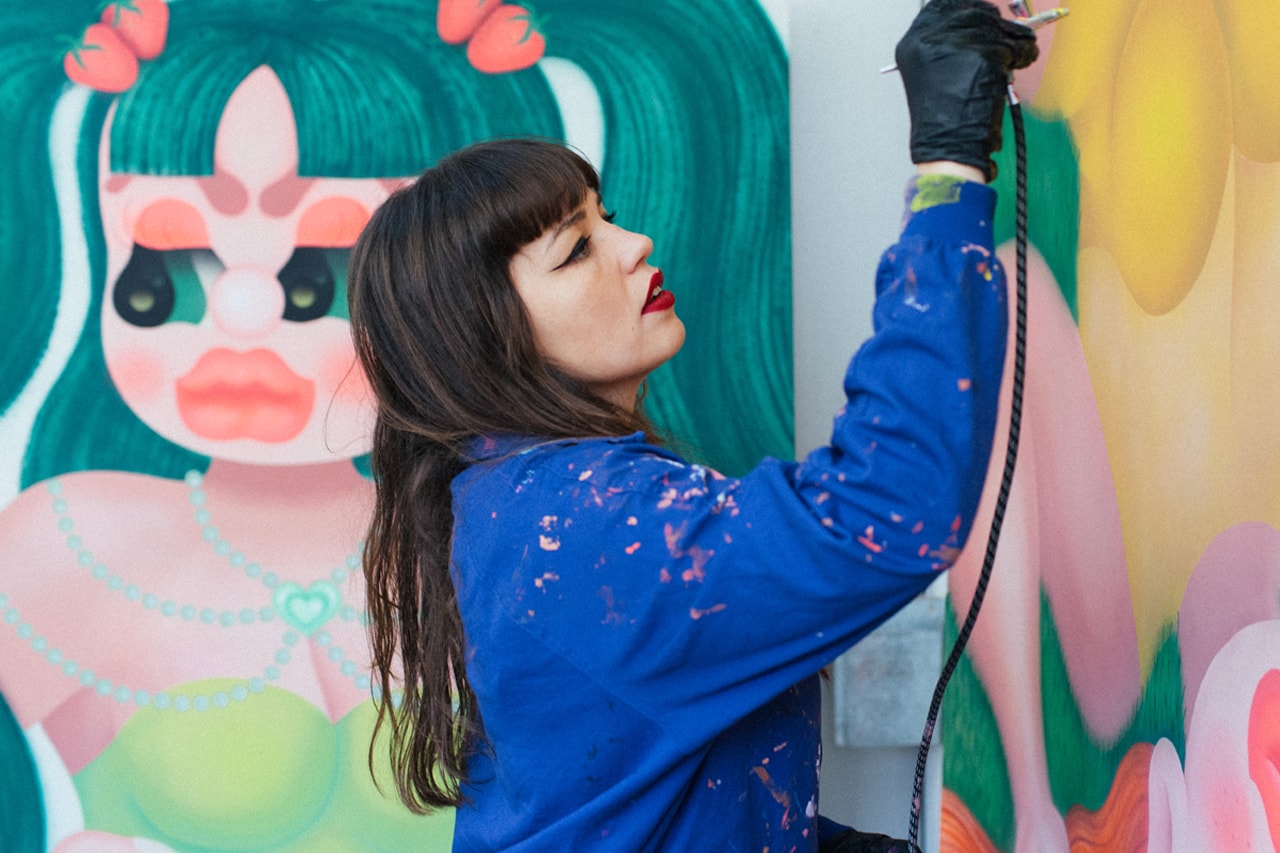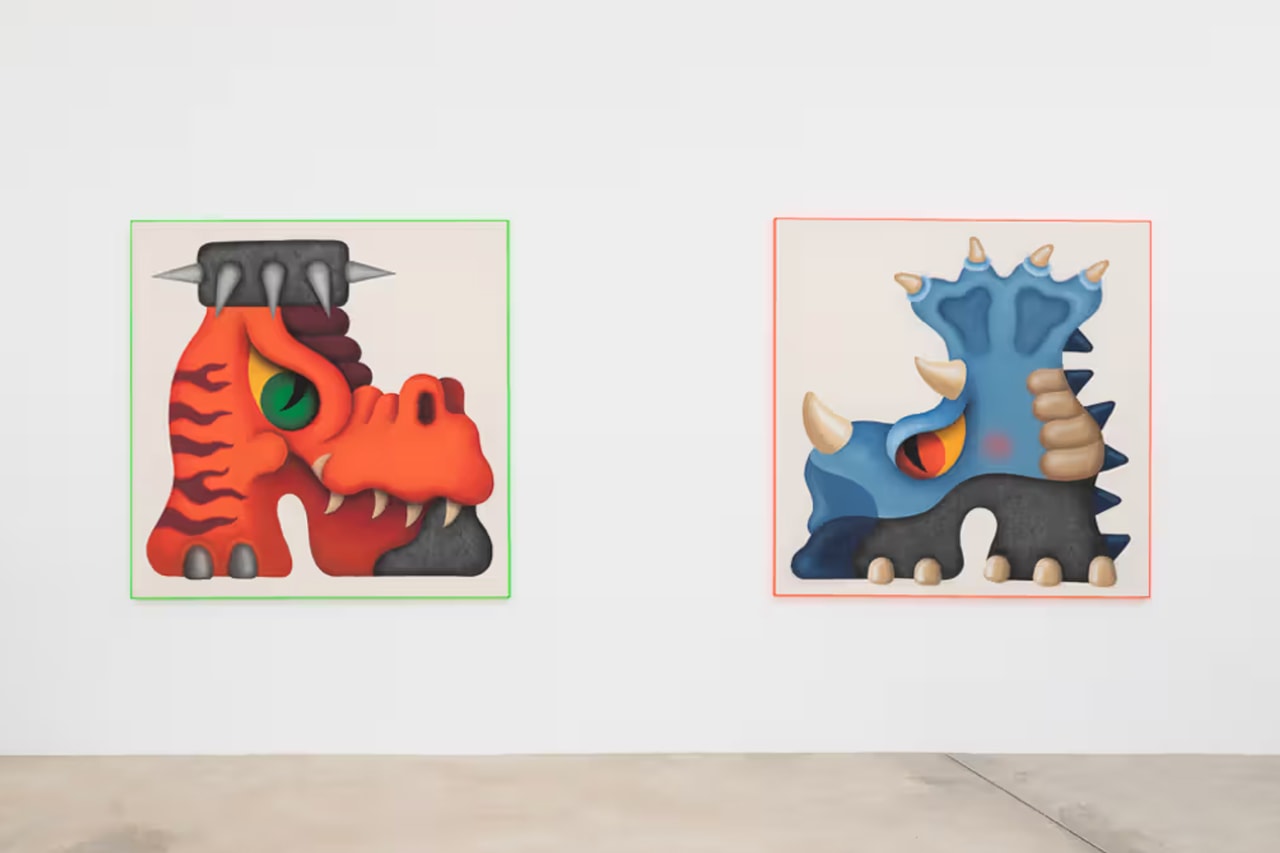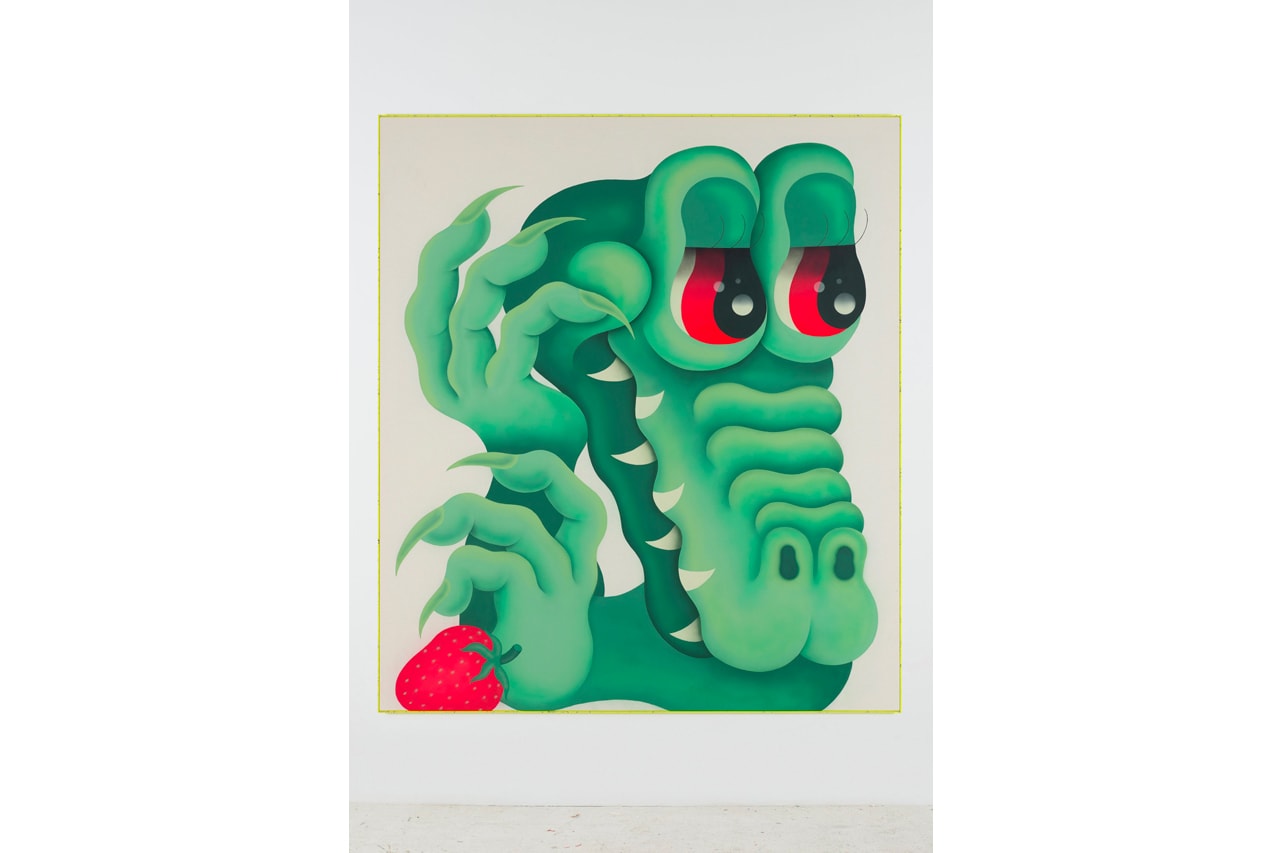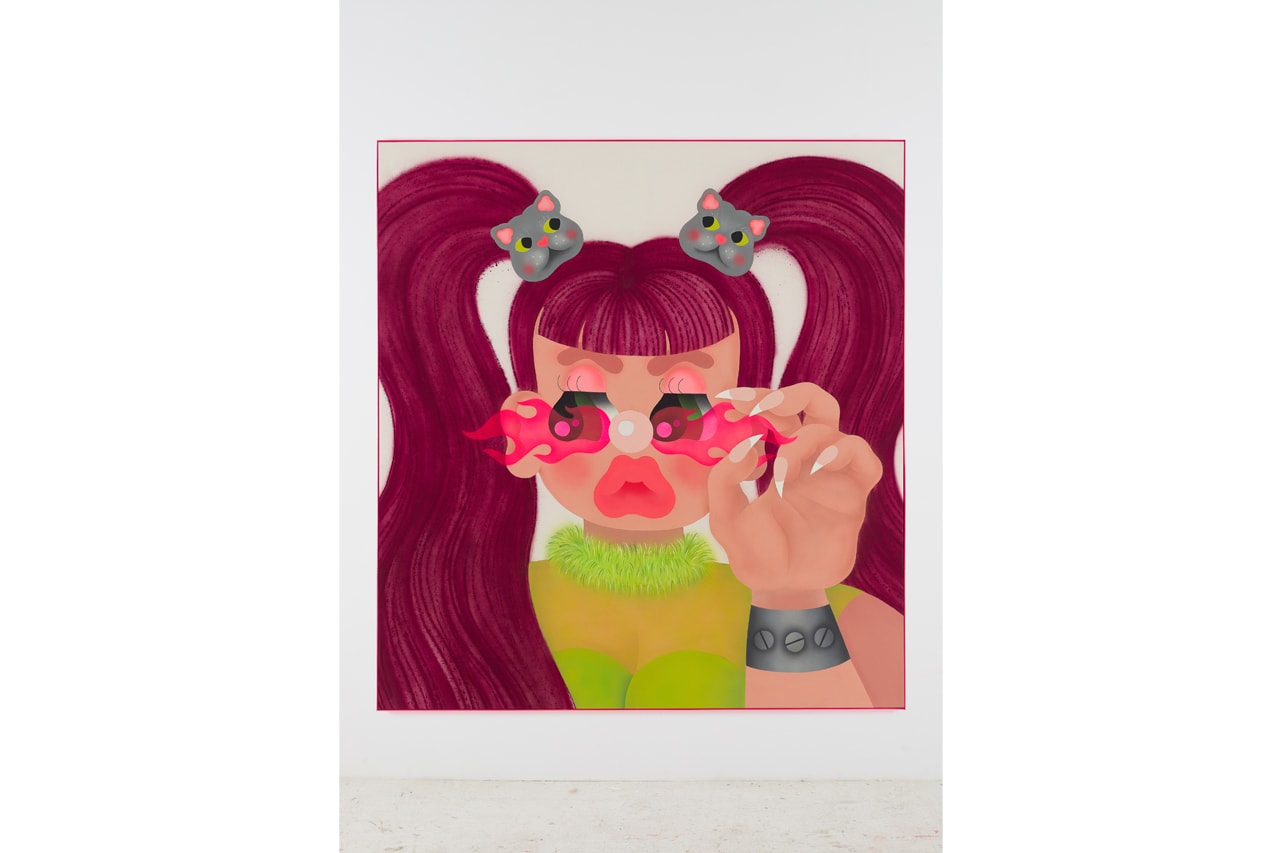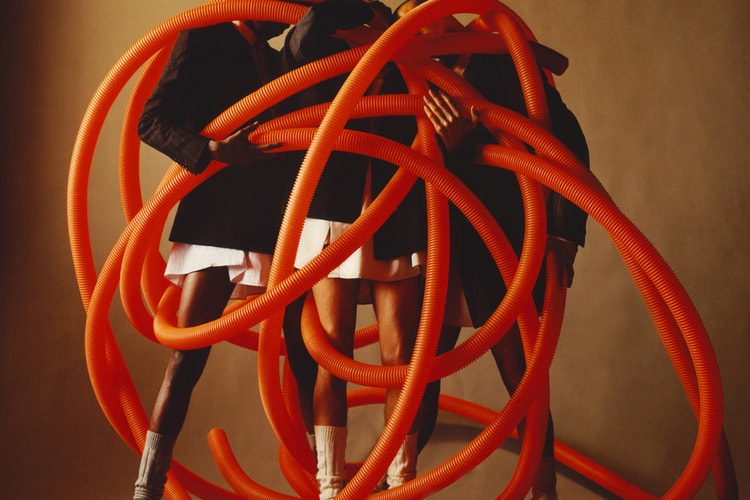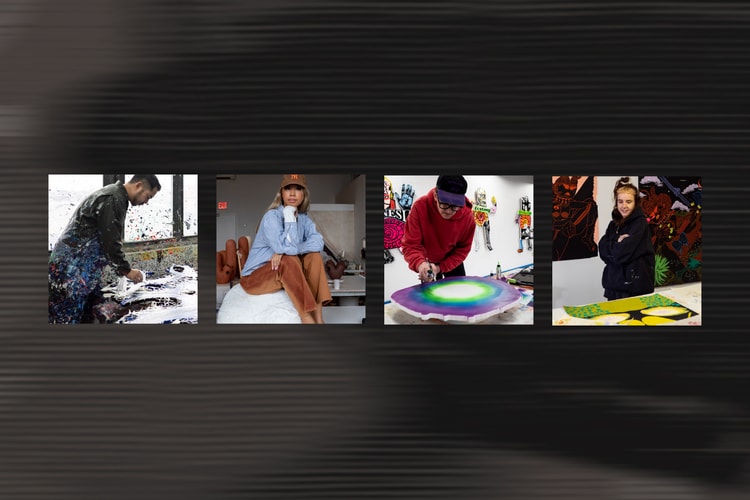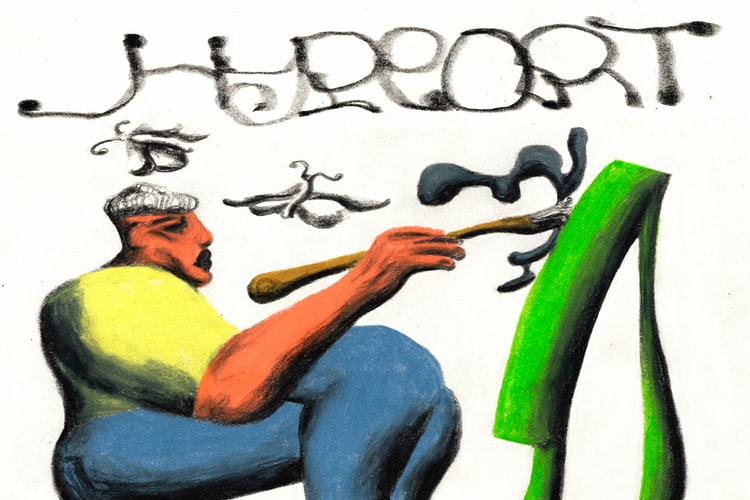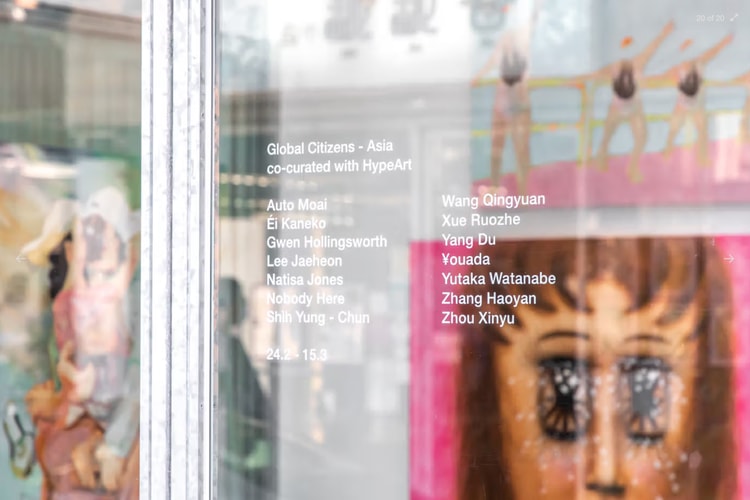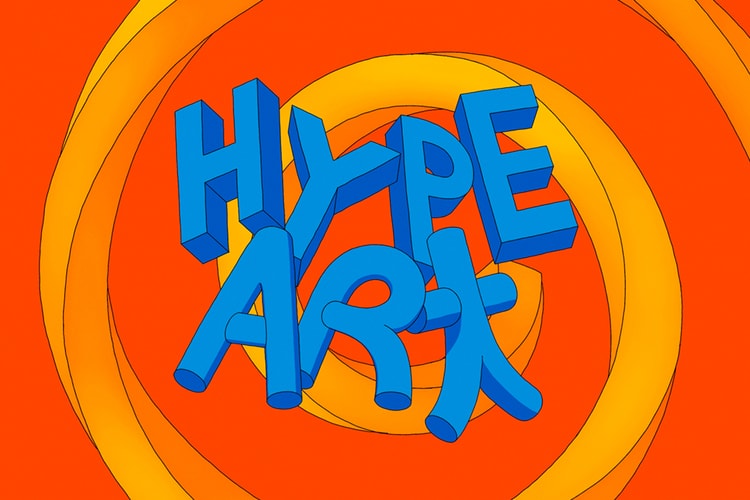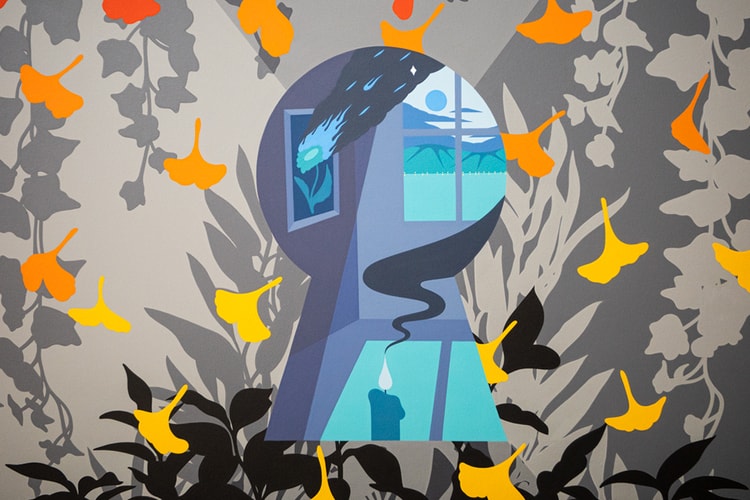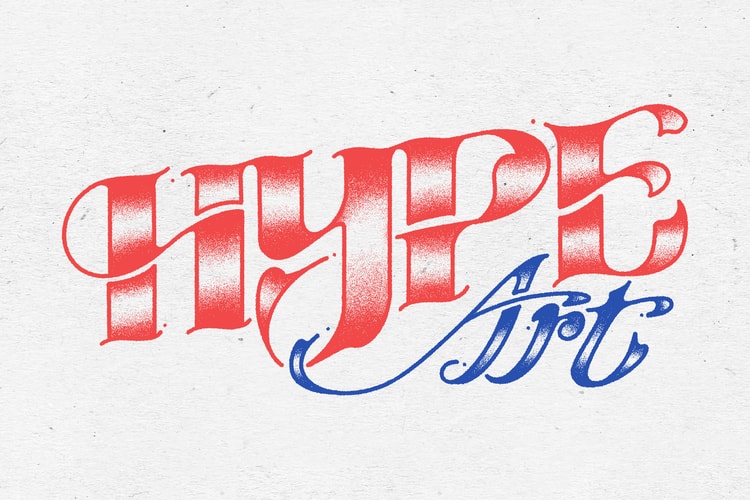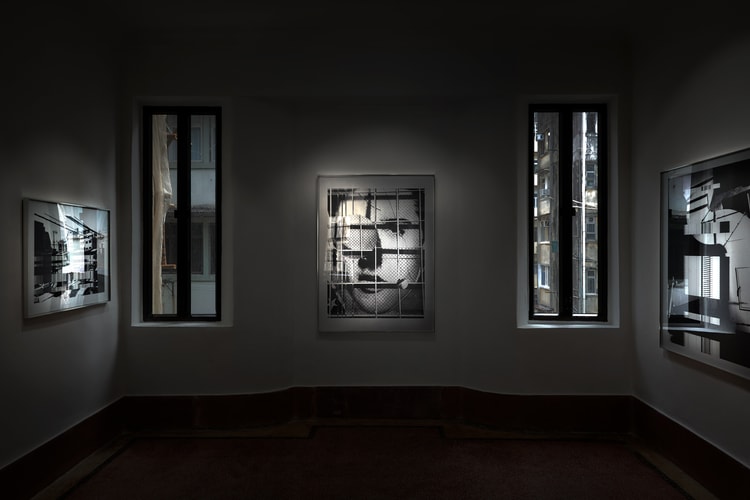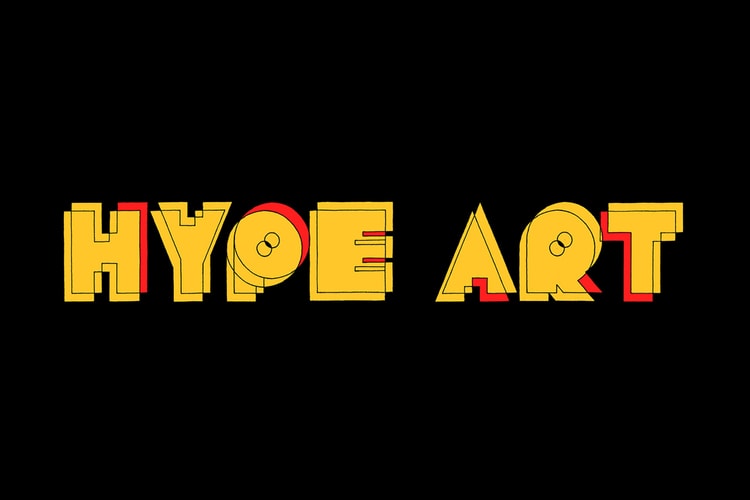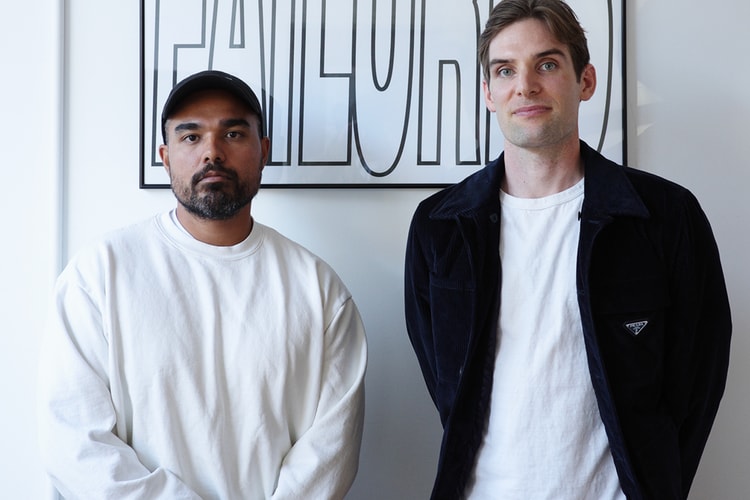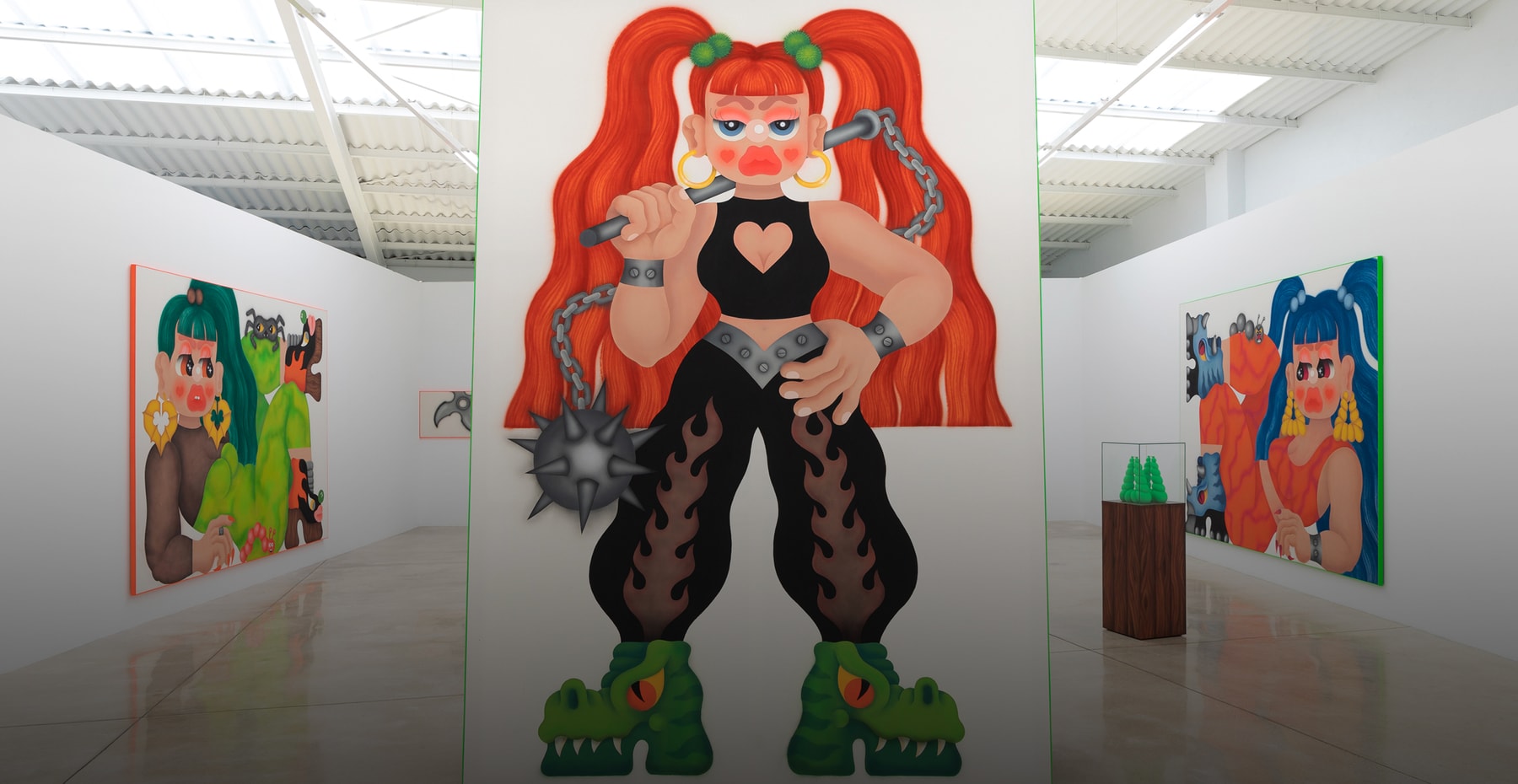
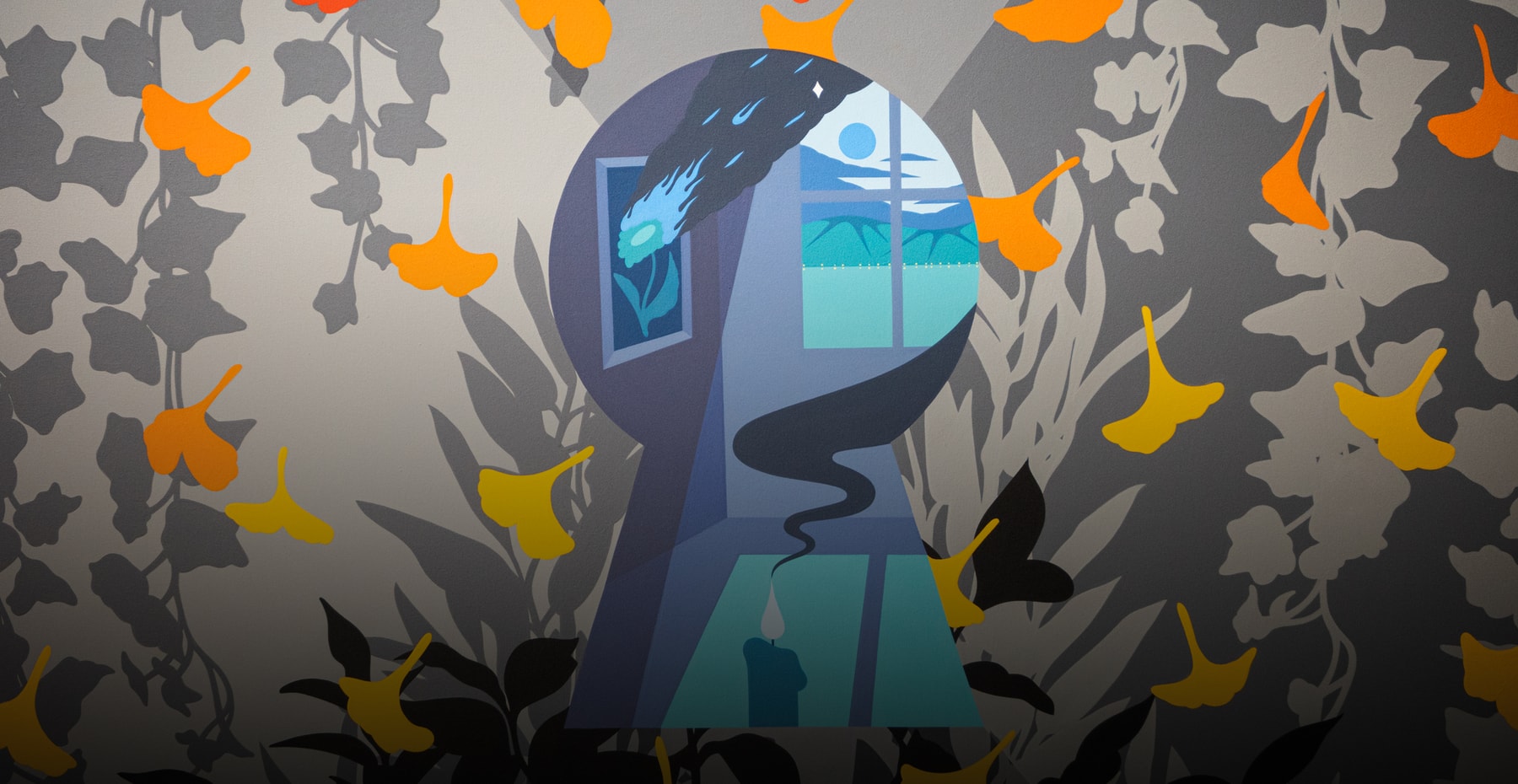
Fátima de Juan, also known by her alias, XENA, is a Spanish artist whose larger-than-life characters challenge societal norms regarding gender and identity. Born and based on the Balearic Island of Mallorca, she first gravitated towards art through the humble medium of graffiti and gradually progressed to occupy galleries through large-scale canvas works and installations.
Her characters range dinosaur-inspired boots and colorfully eccentric alligators to her signature female warriors dressed in contemporary clothing and oftentimes equipped with symbolic weapons, such as ninja stars or a mace. Art, in many instances, was a way in which Fátima shed her own armor and felt comfort expressing her inner soul.
“My work combines naivety, strength, fantasy, and sensuality with the rough, tender, and the exotic,” Fátima tells Hypeart. “Animals such as spiders, snakes, and crocodiles appear in my work and give it that ironic, more childish wink, and that touch of humor while establishing a dialogue between animal and woman, like two complementary forces that feed off each other.”
Fátima frequently showcases work at one of Mallorca’s leading contemporary art galleries, L21, and has recently gone bigger and bolder in her creative approach to female empowerment. Hypeart caught up with the rising Spanish artist to discuss the origins of her practice and the challenges women continue to face today.
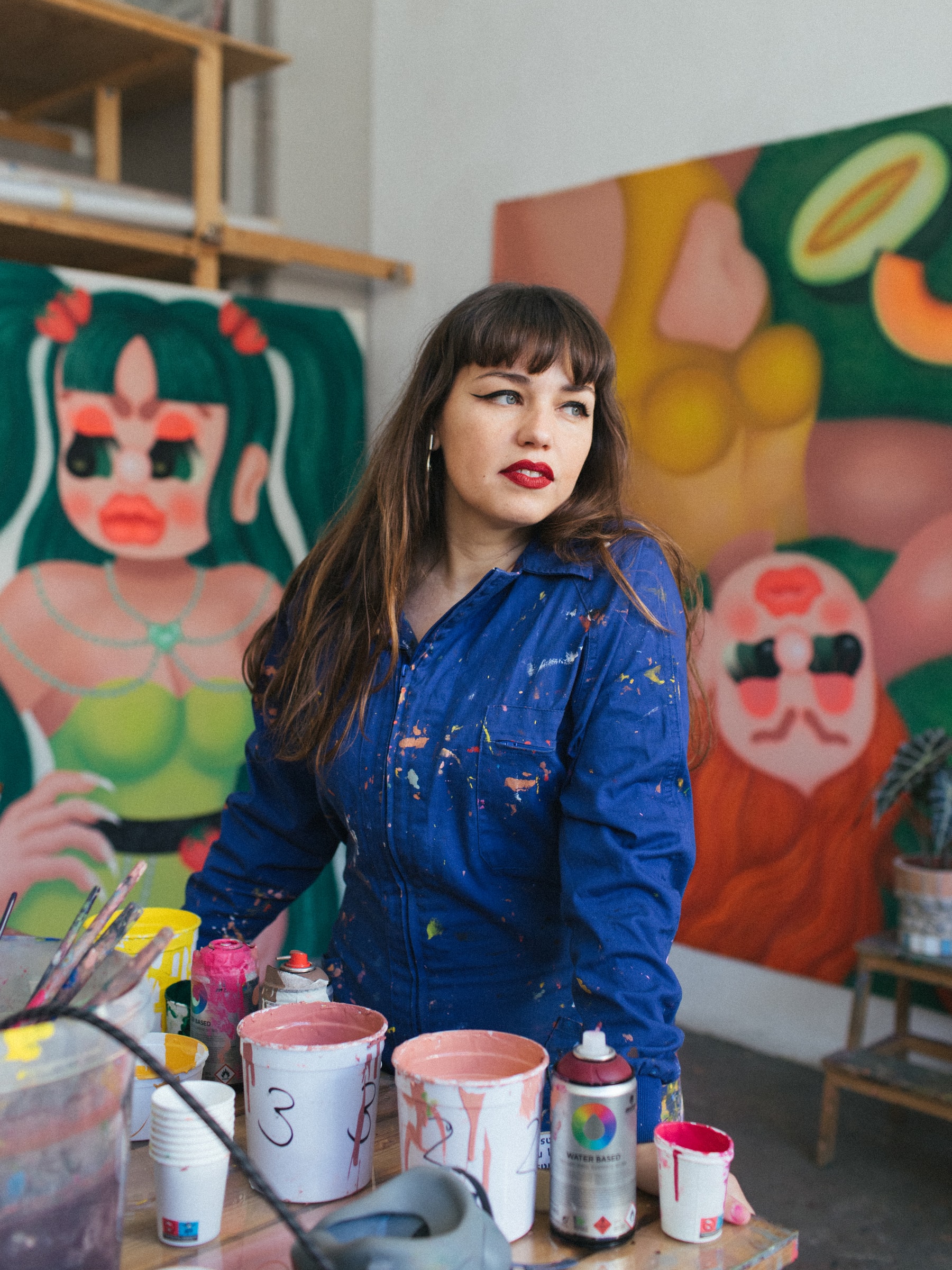
“I turned adversity into opportunity.”
Can you tell us a little about your background, early influences, and how you gravitated towards art?
I always liked to draw, since I was a child, but it wasn’t until I was a teenager that I found my way of expression through graffiti. XENA was my nom de guerre, my alter ego, the one I have used for years to write on walls.
I was always seduced by underground culture — painting in the street without anyone’s permission or approval. It created a sense of belonging without precedent. The need to create warrior women of gigantic proportions — my army of Amazons — was born in that context. It was my way of expressing power and strength through painting, and also my self-affirmation manifesto.
It was through mural painting that I got my first commissions, but it wasn’t until a few years ago that I made the leap to canvas.
Graffiti continues to be a largely male-dominated space. How did you navigate that growing up and aside from the medium of spray painting, what graffiti techniques or lessons do you still incorporate today?
I turned adversity into opportunity. The fact that it was difficult, territorial and masculine didn’t put me off. On the contrary, it made me gain momentum. In spite of everything, it always provided more positive contributions than negative ones, and today, I am grateful to have grown up in the underground and self-taught culture of graffiti.
Although the codes and discipline are different between graffiti and painting, there are many approaches I still take that are similar, such as dimension, textures, and technique.
Your artwork is reminiscent of surreal characters found in ‘90s cartoon shows. How did you first develop this aesthetic?
I always liked cartoons. I was fascinated by their giant, expressive eyes, and the funny simple faces of their characters to the point where I subconsciously started to draw and reinterpret those characters to invent others. Disney’s Silly Symphonies were mesmerizing and probably one of my first aesthetic references. I loved the fantasy world they recreated, in which everything, absolutely everything, had a little face — from trees and flowers to instruments, and dancing skeletons.
Series and characters like Doraemon, the Ninja Turtles, Arale, Muscleman and Pingu also left an impression on me. Cartoons became my first catalyst for drawing and creating my own characters.
“They amuse me or represent me in some way.”
How would you describe Mallorca for those who haven’t been — from daily life to the lesser-known facts about the island?
Like any island, Mallorca has its own rhythm.
The Mallorca I grew up in has little to do with the touristy picture everyone has. There is a beautiful, rural side to the island that almost everyone doesn’t know about — with its slow pace, simple life, and ancestral customs.
Everyday I feel more fortunate to live in such a place, where one can create and retreat, as the vital rhythm of the island pushes you to do more introspective work, and to stop looking for motivation and opportunity outside.
There are many recurring characters within your work. From alligators to ‘pretty thugs’, spiders to ninja stars. Can you elaborate on these figures and any prevalent themes you touch on?
They are characters that have always been in my imagination, that symbolize something special to me. They amuse me or represent me in some way. Much of this symbology orbits around the figure of the female warrior or amazon that has been for years the central figure of my work — women who are usually accompanied by elements such as swords, armor, ninja stars or ‘dino-shoes’ — a more personal readaptation of the concept warrior, with touches of my own fantasy.
Fruit is always present in my work as well and represents a pure connection with the earth, and at the same time, has an erotic power, an irresistible color, and are symbols of abundance and eternal femininity.
My work combines naivety, strength, fantasy, and sensuality with the rough, tender, and the exotic. Animals such as spiders, snakes, and crocodiles appear in my work and give it that ironic, more childish wink, and that touch of humor while establishing a dialogue between animal and woman, like two complementary forces that feed off each other.
“I try to maintain a balance between strength and tenderness.”
In the past, you’ve described sweetness as a superpower. Can you elaborate on that further?
Defending my creative endeavors made me take on a defensive posture when I began my graffiti journey. Over time, I have allowed myself to shed that armor and to validate myself not only through struggle, but also through tenderness, and wearing my heart on my sleeve. I try to maintain a balance between strength and tenderness as two halves that are distinctive parts of my being — parts that today go in parallel without competing with each other and that make up my personal yin yang.
Can you walk us through the execution of one of your paintings?
I usually make a pencil sketch and sometimes transfer it to my iPad to make color tests, add elements, backgrounds, and play a bit with different compositions.
I don’t really like having a closed sketch or making project plans a long time in advance. It makes me feel conditioned and I prefer when the process is more organic, more natural, and flows as you paint and redirect yourself towards a theme, along with a chromatic or conceptual decision in a much more unconscious way. I enjoy it way more.
I tend to work with several pieces simultaneously. It helps a lot to paint in a more laid back way — more relaxed and not to get stuck in a particular piece — to space out the times. I like how they take shape at the same time and allow me to rest my eyes to make the process lighter and more fun.
“We still lack women in positions of power.”
Graphic design is another aspect of your practice. Do you strike a balance between both or consider yourself more of a painter these days?
Graphic design is part of my academic training and although it has given me many tools to work with images, I have never defined myself as such. It was simply work, whereas painting was always my vocation. I paved my own path in mural painting from graffiti. For me it was the most immediate connection.
A couple of years ago, I took a step forward and made the leap to the canvas. I consider myself a painter because it has been through painting and graffiti that I have grown as an artist, and have defined the foundations of my work.
In the U.S., March is celebrated as Women’s History Month. Can you talk about the challenges that female artists continue to face in the present day?
We still lack women in positions of power to open new paths and change the discourse that precedes us, which only defends values anchored in savage capitalism, the overexploitation of nature, and patriarchy.
There is still a clear imbalance between the quantity and quality of the opportunities offered to women artists and non-artists, compared to many men. The conciliation between artistic work and motherhood, the contradiction in which women find themselves in, the conflict between the personal and the professional, along with the rational and the relational sometimes generates a feeling of inadequacy in both fields — which rarely affects men in the same situation.

“Women are the future.”
What kind of projects or exhibitions can we expect from you in 2023 and beyond?
I am currently working on a series of pieces for different group shows happening in the upcoming months in LA (Allouche Gallery, Lorin Gallery), Berlin (Better go South), Hong Kong (JPS Gallery) and Palma (L21 Home), as well as two solo exhibitions, one in L21 Gallery in Barcelona this summer, and another one at WOAW Gallery in Hong Kong at the end of the year.
I will also participate in art fairs such as CAN Ibiza and Untitled Miami. I try to work on the more immediate projects, as I feel overwhelmed by long term work, and prefer to focus on the present.
What advice would you give for a woman who was once in your position struggling to find their voice as an artist in a ‘machismo’ industry?
Fight for your dreams. Don’t let anyone tell you that you can’t. Have fun with your work. Women are the future.
All photography by Juan David Cortés. Courtesy of L21 Gallery and Fátima de Juan.









